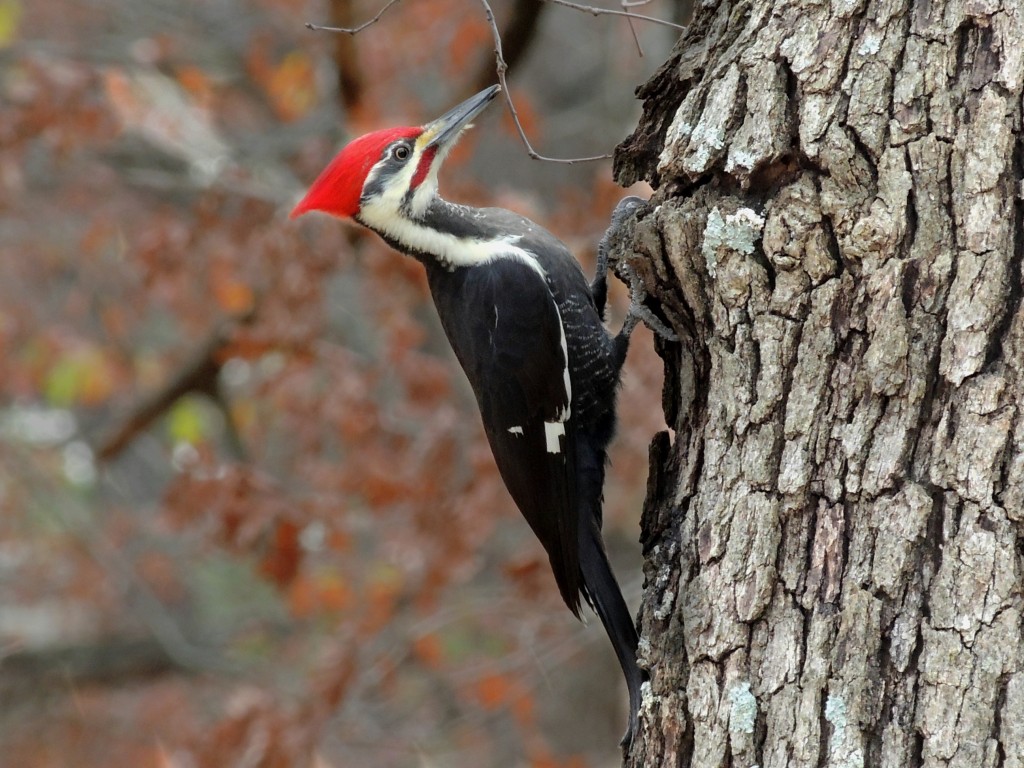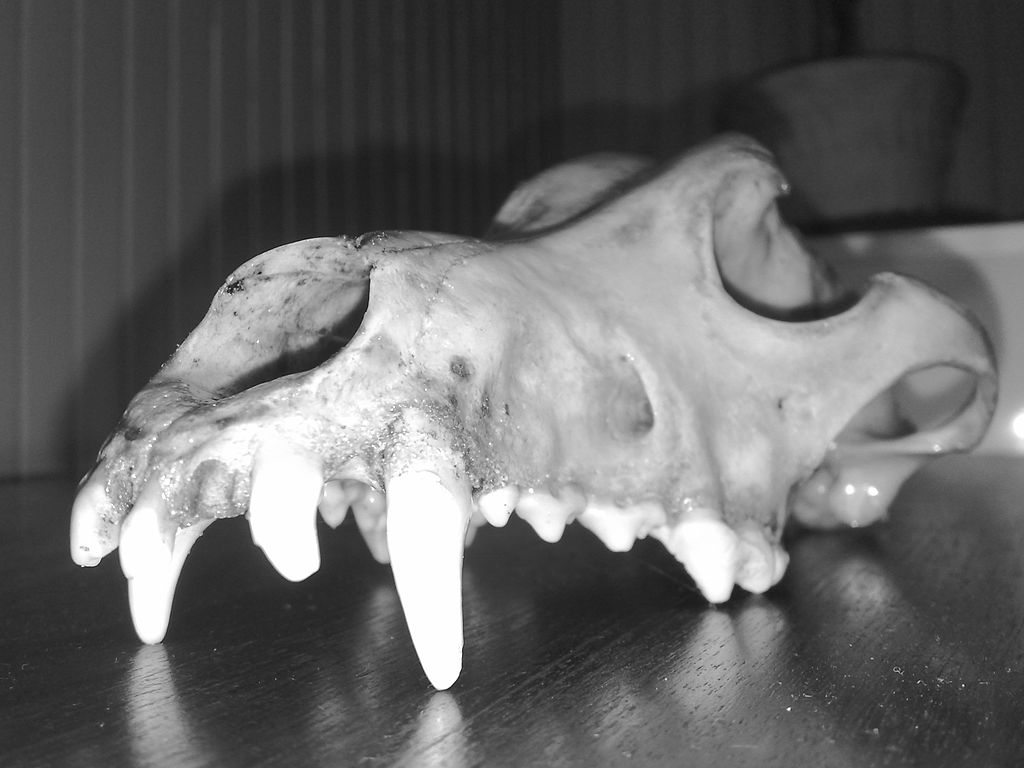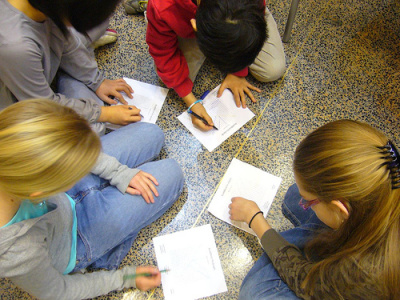Why Does a Woodpecker Not Bash Its Brains In When It Pecks?

Protections of the Woodpecker for Pecking
Have you ever seen a flicker or woodpecker pounding away at bark, or annoyingly on a tin roof, and wondered how in the world they can do that without bashing in their brains? After all, the force of that is measured at over 1,000x the force of gravity! The answer is pretty complex, but you can break it down into some simple parts:




